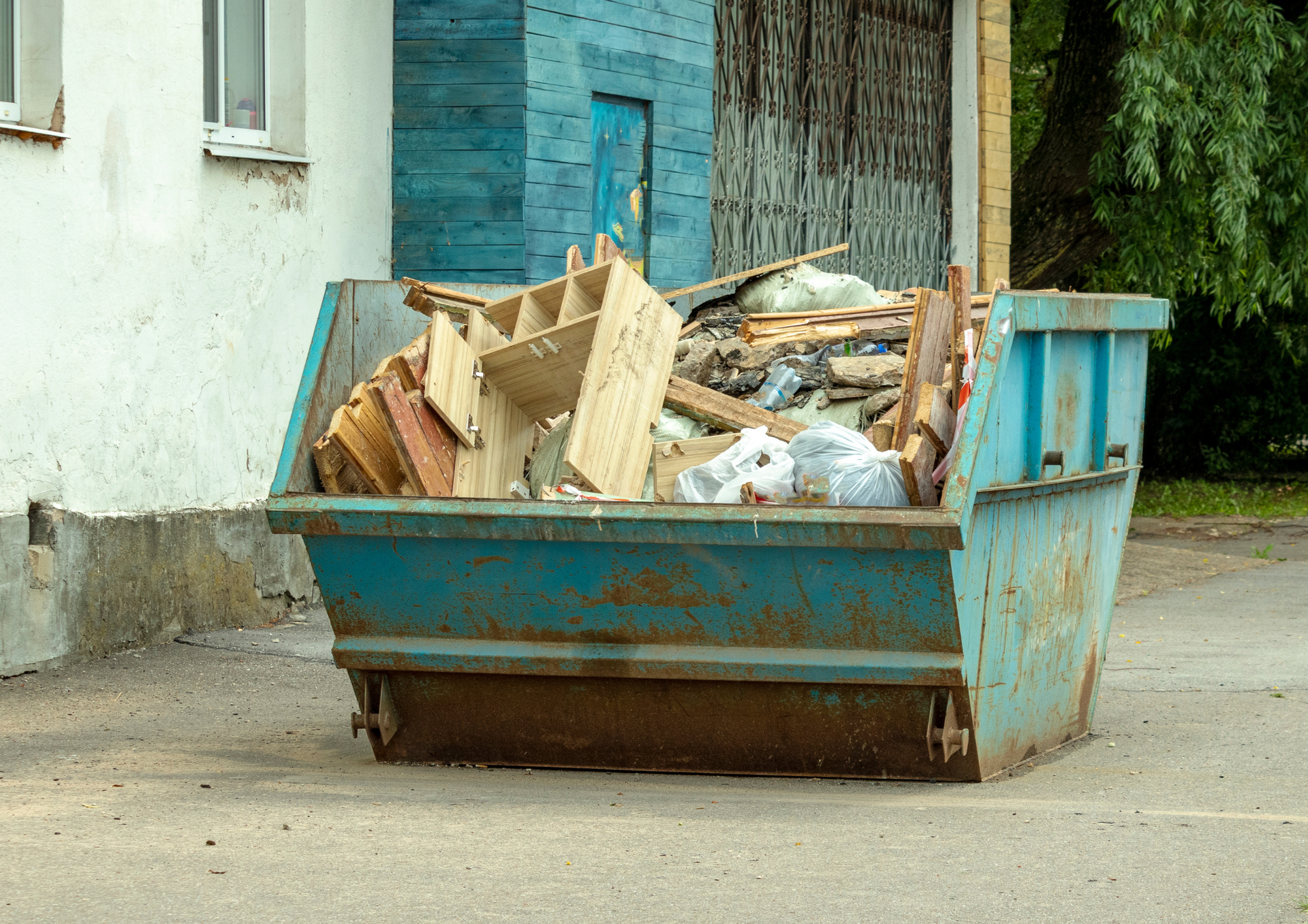Estimating the Right Skip Size for Your Waste Disposal Needs
Whether you’re tackling a home renovation, managing a construction site, or clearing out an office, selecting the correct skip size is essential to avoid overpaying or running into logistical issues. Choosing too small a skip means constant refills, while opting for a size that’s too large can lead to unnecessary expenses. But how exactly do you determine what size you need?
This guide covers the key factors to help you choose the right skip for your project — from home cleanouts to commercial landscaping.
Assess the Scope of Your Waste
Before hiring a skip, consider the type and volume of waste your project will generate. Different jobs produce different types of rubbish — for example:
- Construction companies may deal with bricks, rubble, and timber.
- Homeowners might have old furniture, broken tiles, or garden waste.
- Businesses relocating offices usually discard bulky items like shelving units or outdated electronics.
- Event organizers may be dealing with packaging, food waste, or temporary décor.
- Landscapers could generate green waste like soil, branches, or turf.
An effective way to start is by estimating the waste in terms of black bin bags. For instance, a typical 4-yard skip holds around 30–40 bin bags, while a larger skip may hold double or more. Understanding your rubbish volume helps prevent both overfilling and under-utilizing your skip.
Compare Common Skip Sizes
Let’s take a closer look at a few commonly hired skips to give you a clearer sense of what each can handle.
A 4 yard skip is ideal for small renovation projects, such as a bathroom remodel or a modest garden tidy-up. It’s compact and fits neatly on most residential driveways, making it a favorite among homeowners.
If your project is slightly more demanding, such as a full kitchen renovation or light construction work, a 6 yard skip may be a better fit. This size provides the balance between capacity and space efficiency — without becoming unwieldy.
For larger-scale projects — such as house clearances, office relocations, or demolition work — an 8 yard skip is the go-to choice. With enough room to handle heavy and bulky items, this size suits both commercial and domestic users with higher waste volumes.
Understanding skip bin sizes is key to efficient waste management. It helps avoid multiple collections and ensures your project runs smoothly without delays.
Consider Site Access and Space Limitations
Even if you know the ideal skip capacity, you must still evaluate the space available at your property or job site. Larger skips, although more cost-effective per cubic yard, need more room. Narrow driveways, restricted access roads, and residential parking regulations can all impact your choice.
If there’s limited access or your skip needs to be placed on a public road, you may require a permit from your local council. In such cases, a smaller skip or multiple pickups might be more practical.
For properties with driveways or open frontages, you’ll have greater flexibility. Just be sure to leave sufficient clearance for delivery and collection vehicles, which can be larger than you might expect.
Remember, safety is paramount. Overfilled or poorly positioned skips can pose hazards to workers, residents, or passers-by. Planning ahead will ensure both compliance and convenience.
Budget Wisely – Think Long-Term
Many customers assume that choosing the smallest skip will save money, but this isn’t always the case. If you end up needing two small skips, the cost could exceed that of a single larger one. On the flip side, hiring a skip that’s too big means paying for unused space.
Instead, take a balanced approach. A good rule of thumb is to slightly overestimate your waste volume rather than underestimate. It’s better to have a bit of extra room than to fall short and delay your schedule.
Also consider the type of waste you’re disposing of. Certain materials, like plasterboard or hazardous waste, may be restricted and need to be separated. Always check with your skip hire provider in advance to avoid extra charges or compliance issues.
Choosing the right
skip size
isn’t just about volume — it’s about planning, space, budget, and efficiency. Whether you're clearing out your home, managing a construction site, or organizing an event, the correct skip can help streamline your waste disposal and keep your project on track.
Assess your waste type and quantity, understand the common skip bin sizes, consider access constraints, and don’t be afraid to seek professional guidance. A well-informed choice will save you both time and money, while ensuring you remain compliant with local waste regulations.
At
Skip Hire Derby, we offer more than just skips — we provide peace of mind. With decades of experience and local insight, we deliver tailored waste solutions for every project. From helping you choose the right
skip size to securing permits, we’re with you every step of the way.
Our skips are competitively priced, well-maintained, and promptly delivered — ensuring your project runs smoothly from start to finish. We take pride in our customer service, flexible scheduling, and commitment to responsible waste disposal.
Just out on X:
Skip size matters – estimating the right one for your waste disposal needs!




